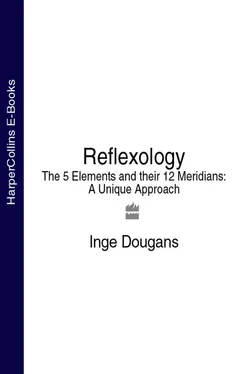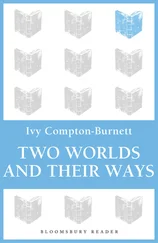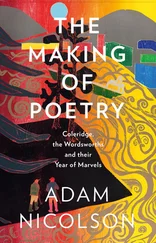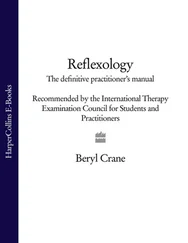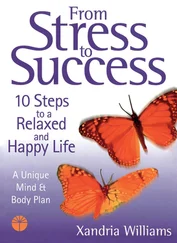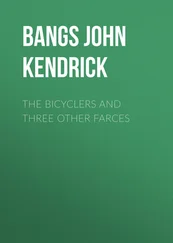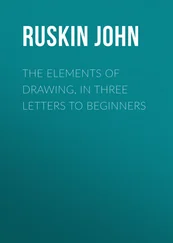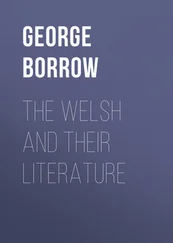Eunice Ingham took her work to the public and the non-medical community because she realized that lay people could learn the proper reflexology techniques to help themselves, their families and friends. She was called on to speak at conventions and shared her knowledge with chiropodists, massage practitioners, physiotherapists, naturopaths and osteopaths. She travelled throughout America for over 30 years as she taught her method through books, charts and seminars to thousands of people in and out of the medical profession. She wrote two books, Stories the Feet Can Tell (1938) and Stories the Feet Have Told (1963). Today her legacy continues under the direction of her nephew Dwight Byers. 10
The Chinese Connection
To date, most reflexologists have worked with the theory of energy zones described by Dr Fitzgerald. Although this theory has stood reflexology in good stead and contributed greatly to the development of the modern therapy, I do not adhere to it myself. I believe the effects elicited by massaging the feet or hands are largely the result of stimulating the six meridians that run through the feet, as well as the six meridians in the hands. Fitzgerald recognized an energetic connection between the feet and hands with other parts of the body, and without his pioneering work reflexology would not be where it is today. But as the Eastern concept of the meridian system was unknown in the West at the time of his research, the connection with the meridians was not recognized. I, however, am convinced that the energy channels linking the feet and hands to other organs and body parts are the meridians described in Chinese medicine.
Zone theory is considered the basis of modern foot reflexology and most reflexologists use zone theory as a useful adjunct to their work. However, the time has come to take foot reflexology further and expand on existing knowledge by combining it with the ancient Chinese system of meridian therapy. Many believe foot reflexology had its origins in China and developed around the same time as acupuncture. Despite the fact that no definite links can be made, a combination of what is now regarded as primarily a Western development with an ancient Eastern treatment can only be beneficial.
There can be little doubt that a strong link exists between reflexology and acupuncture. They are certainly based on similar ideas. Both are considered meridian therapies as they propose that energy links the hands and feet to various body parts. This enables the whole body to be treated by working on the reflex areas. Acupuncture went from strength to strength in the East but reflexology was, for some reason, lost and forgotten until its recent re-emergence in the West.
The Chinese had divided the body into longitudinal meridians by approximately 2500 BC, whereas the similar idea of zones came to Western awareness as late as the 1900s. Acupuncture, despite its popularity in the East, was an unknown art in the West until 1883, when Dutch physician Ten Thyne wrote a treatise on the subject.
According to acupuncture, the body has 12 pairs of meridians, as well as 2 special meridians known as vessels. Together these constitute the body’s energy system, which works to maintain the health of the organism. These meridians are pathways through which the energy of the universe circulates throughout the body organs and keeps the universe and the body in harmony. The acupuncturist believes that illness or pain manifest when the pathways become blocked, disrupting the energy flow and breaking the body’s harmony. In acupuncture, the Chinese developed the use of needles to unblock these pathways. In Shiatsu, the Japanese use direct thumb and finger pressure on acupuncture meridian points to achieve similar results. 11Reflexologists also work on acupuncture and acupressure points but only those found in the feet and hands. Through increased awareness of meridians, reflexology can be practised more effectively, as meridians provide profound insight into the disease pathway, and are therefore a most useful assessment tool.
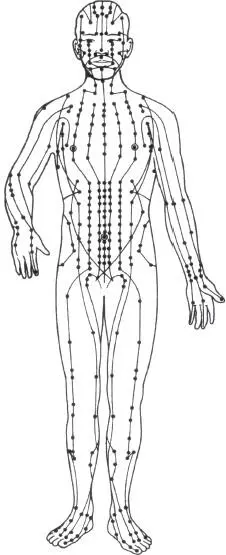
Fig. 2 The meridians
The Chinese were undoubtedly aware of the importance of the feet in treating disease. In AD 1017, Dr Wang Wei had a human figure cast in bronze on which were marked those points on the body important for acupuncture. Practitioners put this knowledge into practice in treating the sick, by positioning the needles in the appropriate areas of the body and then applying deep pressure therapy on the soles of the inside and outside edges of both feet. They then applied a concentrated pressure on the big toe. The reason they used the feet in conjunction with the acupuncture needles was to channel extra energy through the body. Dr Wei said that the feet were the most sensitive part of all and contained great energizing areas. 12
It is not my purpose here to prove that reflexology is directly related to the meridians. The object is to illustrate that a combination of knowledge – modern reflexology techniques and the Eastern meridian system – can be of enormous benefit both to patient and practitioner. As acupuncture and reflexology are concerned with balancing energy flow in order to stimulate the body’s own healing potential and restore the state of health, and both are concerned with treating illness in a holistic manner, it seems logical to combine reflexology with meridian therapy in order to provide a more comprehensive and effective treatment programme.
Zones versus Meridians
I am unable to agree with the majority of reflexologists who accept the concept of body congestions being reflected in the longitudinal zones described by Fitzgerald, and am unaware of any definite proof supporting zone theory. I believe reflexology originally developed in conjunction with acupuncture. The reason for massaging the foot was primarily to stimulate the six main meridians that run through the feet. During the course of history, the relationship between these two practices was somehow lost and forgotten. When reflexology re-emerged in the West, researchers and practitioners came to the conclusion that stimulating the feet caused a reaction in the body, but were not sure how this was actuated. As the Eastern meridian knowledge had not at that stage arrived in the West, the relationship with the meridians was not realized, so zone theory was born.
In fact, there are parallels between the meridians and zones. Take, for example, the relationship between the eyes and the kidneys. In zone theory, problems with the eyes can be related to kidney disorders as they both fall into zone 2. This relationship also occurs in the meridians. The bladder meridian begins at the eyes, as does the stomach meridian. The stomach meridian penetrates the kidneys and imbalances may manifest as dark shadows or puffiness under the eyes. Orthodox medicine, too, accepts these signs as being indicative of kidney disorders. The stomach meridian ends in the second toe, with an internal branch of the same meridian in the third toe. Here we have the connection with the toes – the second and third toes represent the eye reflexes and the stomach meridian.
Meridians and Reflexology
The concept of energy channels is the central point around which the practices of reflexology and acupuncture are based. Both function on the premise that vital energy is channelled through the body along specific pathways. In acupuncture, these energy lines are the meridians. In reflexology, as has been perceived to date, the energy channels are those of the zones popularized by Dr W Fitzgerald.
Both practices assert that disease is caused by blockages in energy channels. The acupuncture points, situated all over the body, are usually stimulated or sedated with needles. Reflexology concentrates mainly on the feet, but can also work on the hands, ears or other parts of the body, stimulating with specific finger pressure techniques the reflex areas as well as the sections of meridians situated here.
Читать дальше
